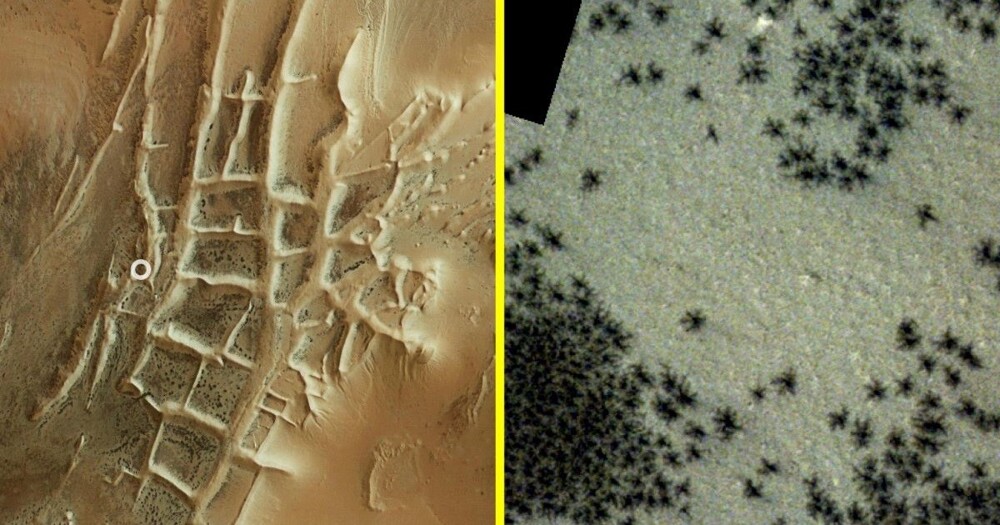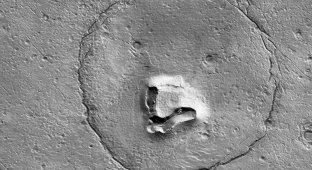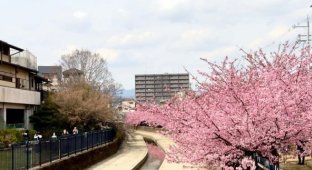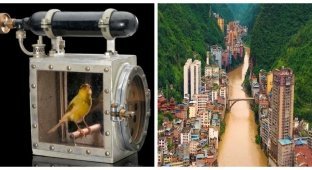Every spring, creepy “spiders” appear on Mars. Arachnophobes need not fear: a new photo from the European Space Agency actually shows the seasonal release of carbon dioxide on the Red Planet. 
The dark formations were spotted in a formation known as the "City of the Incas" in the planet's south polar region. Images taken by the Mars Express station and the ExoMars Trace Gas Orbiter spacecraft show clusters of dark dots with small paws. 
These formations are gas channels with a diameter of 45 meters to 1 kilometer. They occur in the spring when layers of ice consisting of carbon dioxide melt. Under the influence of heat, the lower layers of ice turn into gas, or sublimate. The gas, saturated with dark dust, expands and rises, and then bursts out. In some places, such geysers break through ice up to 1 m thick. 
"City of the Incas" is also known as Angustus Labyrinthus. It is named for its linear, ruin-like ridges that were once thought to be fossilized sand dunes. However, in 2002, the Mars Orbiter showed that the “city” is part of a circular object with a diameter of about 86 km. This could be an ancient impact crater, and the geometric ridges could be magmatic intrusions that rose through cracks after the asteroid impact. The crater then filled with sediment, which subsequently eroded, partially exposing igneous formations resembling ancient ruins.
Add your comment
You might be interested in:






























